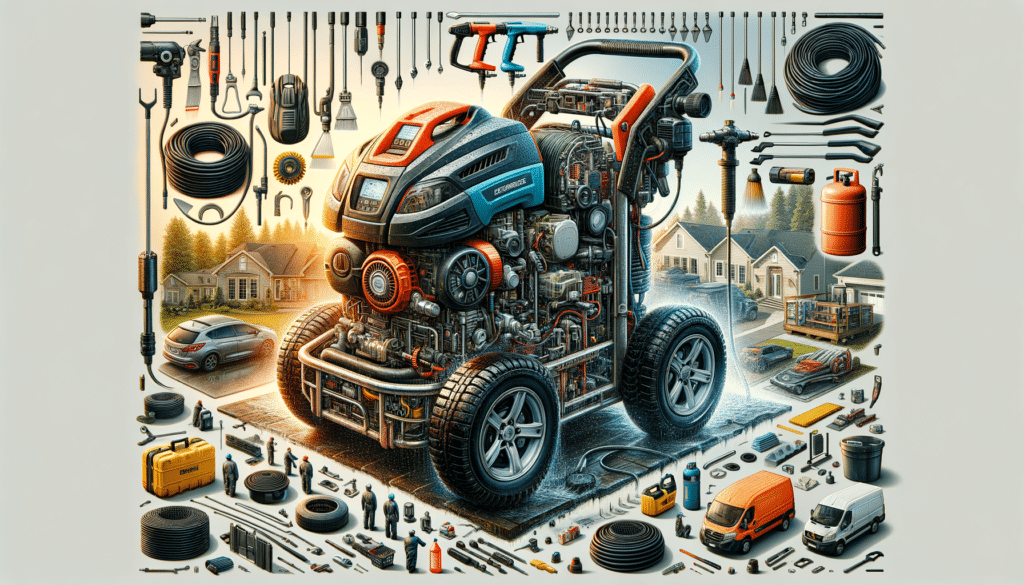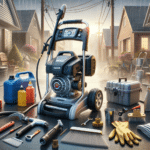How to Choose a Pressure Washer
Choosing the right pressure washer requires understanding your specific cleaning needs. First, consider the surface you will be cleaning. For light cleaning tasks such as washing cars or outdoor furniture, a pressure washer with 1,300 to 1,800 PSI (pounds per square inch) is typically sufficient. For tougher jobs like cleaning driveways or removing stubborn stains, you may need a more powerful machine with 2,000 to 3,000 PSI.
Another important factor is the flow rate, measured in GPM (gallons per minute). A higher GPM means more water is being used, which can speed up the cleaning process. Look for a balance between PSI and GPM to ensure efficiency and effectiveness.
Consider the power source as well. Electric pressure washers are generally quieter and easier to maintain, making them suitable for small to medium tasks. Gas-powered models offer more power and mobility, ideal for larger areas.
Attachments and nozzles can greatly enhance the versatility of a pressure washer. Adjustable nozzles allow you to change the spray pattern and pressure, while surface cleaners can help clean large flat areas more efficiently.
Finally, budget and brand reputation should also play a role in your decision. Investing in a well-regarded brand can often lead to better performance and durability.
Used Pressure Washer Inspection Tips
When considering a used pressure washer, a thorough inspection is essential to ensure you’re getting a reliable machine. Start by checking the exterior for any signs of damage or wear, such as cracks in the housing or rust on metal parts.
Next, examine the hoses and connections for leaks or cracks. A damaged hose can lead to inefficient operation and potential safety hazards. Ensure all connections are secure and free from corrosion.
Inspect the pump and motor. Listen for unusual noises when the machine is running, as these can indicate mechanical issues. Check for oil leaks around the pump, which could signal a need for repairs.
Test the pressure washer’s functionality by running it. Ensure it reaches the desired pressure and maintains it without fluctuations. Verify that all nozzles and attachments work correctly and that the spray pattern is even.
Finally, review the maintenance history if available. Regular maintenance is key to a pressure washer’s longevity, so a well-documented history can provide peace of mind.
Pressure Washer Maintenance Guide
Proper maintenance is crucial to keeping your pressure washer in good working condition. Start by regularly checking and cleaning the nozzles to prevent clogs. Use a nozzle cleaning tool or a piece of wire to clear any debris.
Change the oil in gas-powered pressure washers as recommended by the manufacturer. Regular oil changes help to keep the engine running smoothly and prevent wear.
Inspect the air filter regularly and clean or replace it as needed. A clean air filter ensures the engine receives the necessary airflow to operate efficiently.
After each use, run clean water through the pressure washer to flush out any detergent residues. This helps to prevent buildup that can damage internal components.
Store the pressure washer in a dry, sheltered location to protect it from the elements. If storing for an extended period, consider adding a fuel stabilizer to the gas tank to prevent fuel degradation.
Finally, perform a thorough inspection before each use to check for any signs of wear or damage. Addressing small issues promptly can prevent more serious problems down the line.


